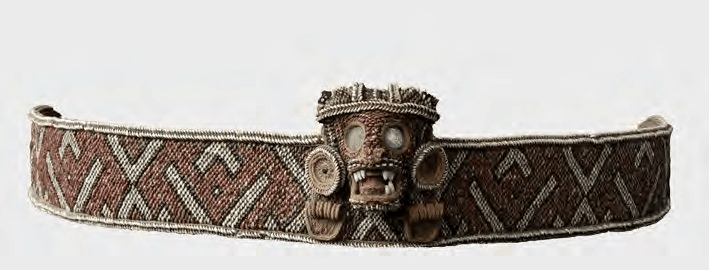While consulting ANOM for the first time in a while, we realized they have digitized several censuses from the colonial period in Saint Domingue. While they are not particularly relevant or useful for the topic of the indigenous population, some of them do include "Indiens" or "sauvages" as population categories (usually the late 17th century or early 18th century ones). Unfortunately, they are most often lumped into the same overall category as mixed-race, mulatto, or free people of color, so it is not always easy to trace their numbers. Moreover, since the French in the 17th century and early 18th century brought Amerindian people from the Lesser Antilles and the mainland areas like the Yucatan, as slaves or, in some cases, wives, one cannot assume these numbers reflect any remnant of the "Taino" population indigenous to Hispaniola.
Nonetheless, the 1681 census, obviously conducted before the official recognition of western Hispaniola as a French territory by Spain, reflects some of the older demographic patterns that characterized the pre-plantation phase. Or, perhaps, the period before complete transformation of the island into a slave society based on plantation agriculture. The transition is taking place at this time, but not yet complete. One can see this in the high numbers of white indentured workers, 1565, not significantly lower than the total population of adult slaves. Of course, the colony's demographics would soon become overwhelmingly African or of African-descended peoples soon.
But let's look at the total for mixed-race, mulatto and Indiens, 210. The only way to properly arrive at possible estimates for the Indian and mestizo proportion would be to consult parish registers and other documents that mention Indiens and their progeny in the various provinces covered in the 1681 census. We have partially done that for some of the above areas, and did not find a significant number of people of Amerindian descent, so it is probably safe to assume that "Indiens" and mestizos were a small proportion of the total category's numbers. Nonetheless, there were undoubtedly Indian people in the colony, both enslaved and free. Some were even taken or kidnapped from what is now Mexico, the Lesser Antilles or South America.
In the 1703 Census for the colony administered by the Royal Company, only 6 Indians were counted. Granted that area did not include the entirety of French Saint Domingue, but it does suggest that the "Indien" presence was small, even as it undoubtedly omitted some while perhaps some mestizos passed into the "white" category like some "mulatto" families. Indeed, the inclusion of "sauvages" among the mulatto free people of color and enslaved groups in 1710 and 1713 census rolls attests to the ongoing presence of Amerindian people in the colony, albeit in small numbers. From what we can tell, the last census to include "sauvage" among the people of color population enumerated was done in 1717, although we know "Indiens" were imported as slaves, or worked in the colony as free people throughout the 18th century. Some were from Aruba, while others appear to have come from the Lesser Antilles, and North America. Interestingly, it does not seem like the remnant of the indigenous population from Spanish Santo Domingo (probably majority mestizo by the 1600s) had much of a presence in the French colony. But careful investigation is required, plus cross-referencing the parish registers to see if it is possible to separate the "sauvages" and "Indien"from the people of color populations enumerated in the various censuses. Undoubtedly, one should expect that some families, descending from Indian women seized in other territories, probably became "white" when possible.



No comments:
Post a Comment